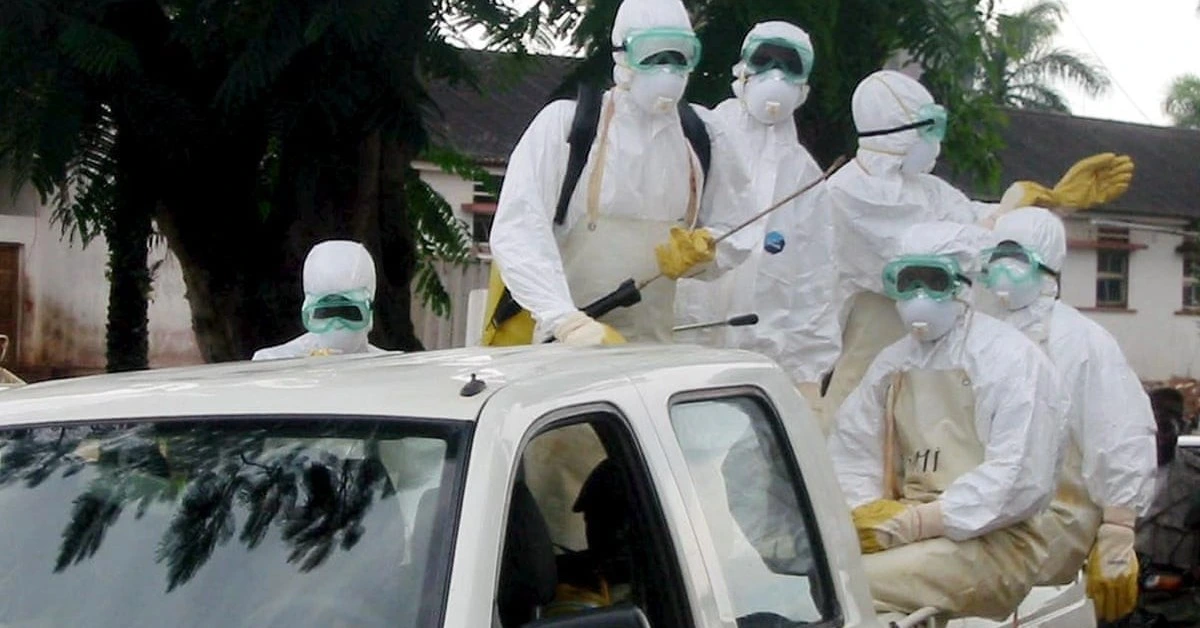
TANZANIA – Reports of a suspected Marburg virus disease (MVD) outbreak in Tanzania, which allegedly caused eight deaths, have been dismissed by the country’s health authorities.
The World Health Organization (WHO) initially flagged concerns on Tuesday, stating that nine suspected cases had been reported in the Kagera region over five days, with eight fatalities.
The WHO reported that the suspected cases involved patients exhibiting symptoms such as fever, headaches, back pain, diarrhea, vomiting blood, weakness, and later-stage bleeding from orifices.
Among the suspected cases were healthcare workers, raising concerns about possible transmission within health facilities.
WHO Director-General Dr. Tedros Adhanom Ghebreyesus warned that additional cases could emerge as disease surveillance improves, stating, “Further cases may be identified in the coming days.“
In response to the situation, Tanzania’s rapid response teams were deployed to Kagera to investigate the suspected outbreak.
Tanzania’s Health Minister Jenista Mhagama announced that laboratory analyses found all samples negative for Marburg virus. However, the minister did not clarify how many suspected cases had been tested in total.
In her statement, Mhagama reassured international organizations, including the WHO, that Tanzania had strengthened its disease surveillance systems and would continue to share updates on any developments.
“We would like to assure the international organizations, including WHO, that we shall always keep them up to date with ongoing developments,” she stated.
Kagera, located in the northwest of Tanzania, borders Rwanda, Uganda, and Burundi, making it a transit hub with significant cross-border movement.
This led to heightened concern about the potential for the virus to spread regionally. The WHO highlighted the high risk within the region but stated the global risk remained low, adding, “We do not recommend travel or trade restrictions with Tanzania at this time.”
Marburg virus, a highly infectious disease similar to Ebola, typically originates from human contact with fruit bats, which serve as the virus’s natural reservoir.
Symptoms often include fever, muscle pain, diarrhea, vomiting, and, in severe cases, significant blood loss leading to death.
Fatality rates for Marburg outbreaks range between 24% and 88%, depending on outbreak management.
This suspected outbreak comes months after Tanzania’s first Marburg outbreak in March 2023, also in the Kagera region, which resulted in nine cases and six deaths over nearly two months.
Similarly, neighboring Rwanda recently declared an end to its Marburg outbreak, which was traced back to fruit bats in a mining cave. That outbreak saw 66 confirmed cases and 15 fatalities.
Despite the denial of an outbreak, the WHO emphasized the importance of vigilance in the region, particularly given Kagera’s position as a transit hub.
Although MVD is not easily transmissible and typically requires direct contact with the bodily fluids of an infected person, the WHO noted, “It cannot be excluded that a person exposed to the virus may be traveling.“
The WHO also expressed concern about delayed detection and isolation of suspected cases in Kagera, citing the need for improved contact tracing and surveillance.
“The reporting of suspected MVD cases from two districts suggests geographic spread,” the WHO stated, warning that more cases could emerge if gaps in information and monitoring persist.
XRP HEALTHCARE L.L.C | License Number: 2312867.01 | Dubai | © Copyright 2025 | All Rights Reserved